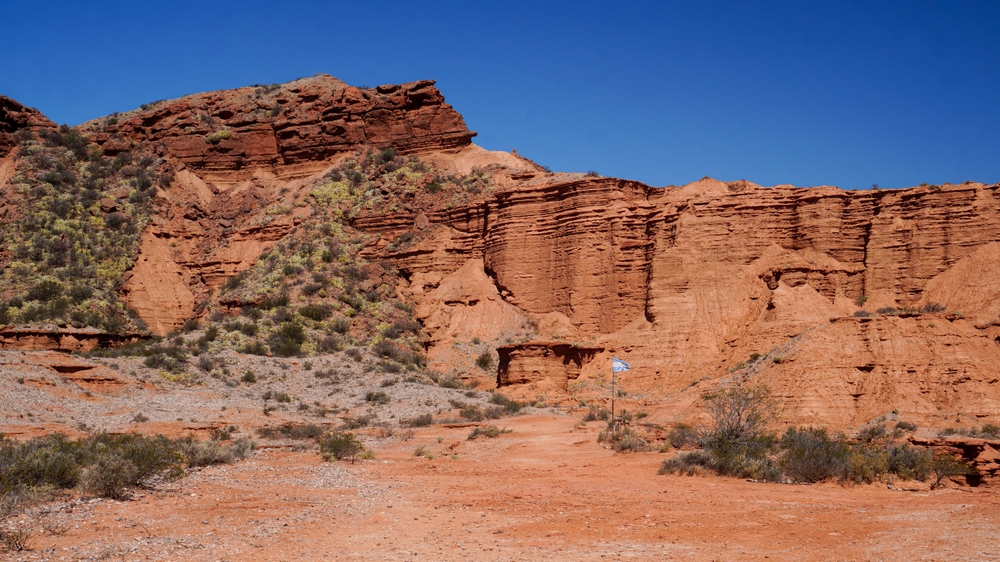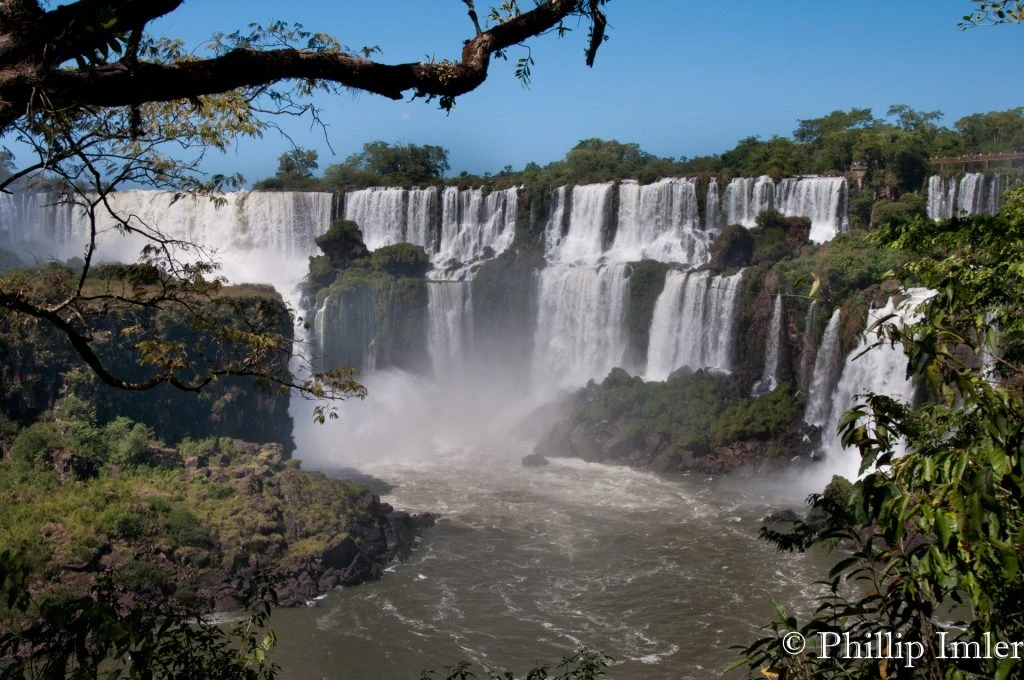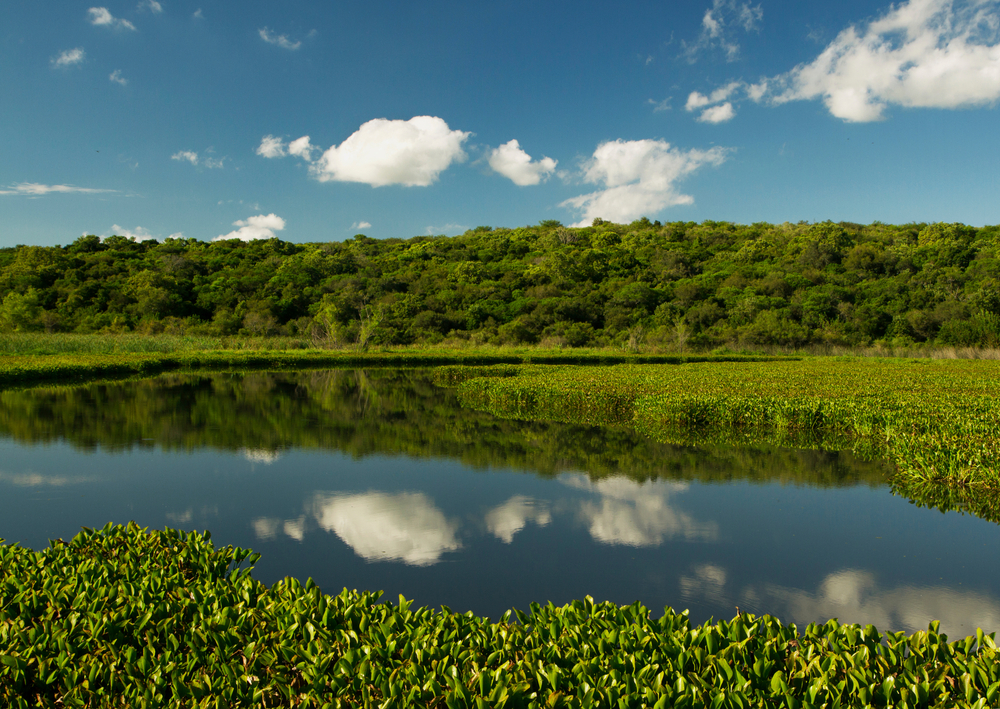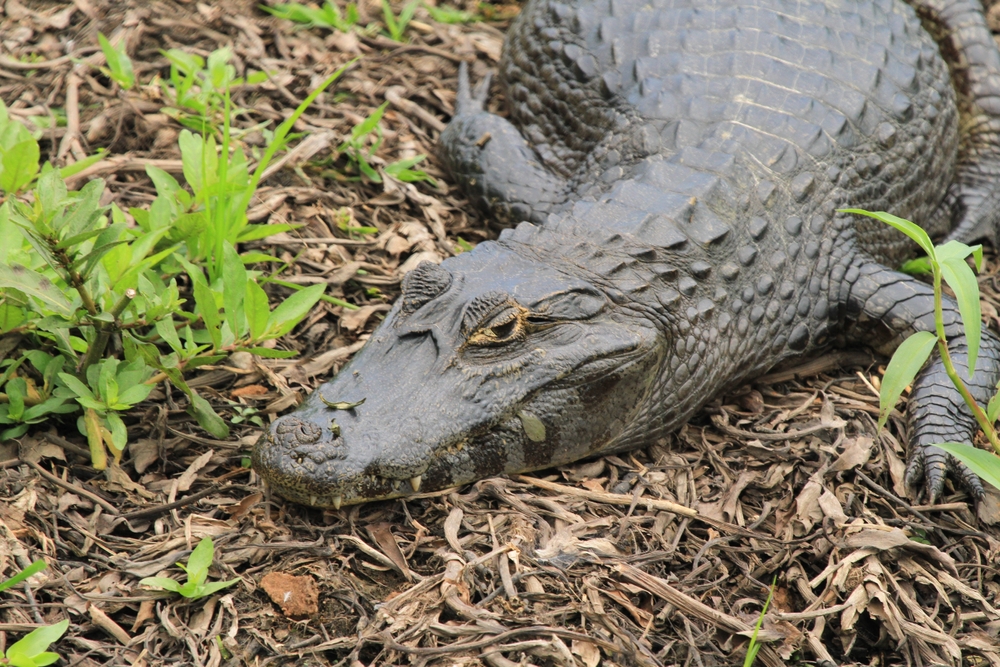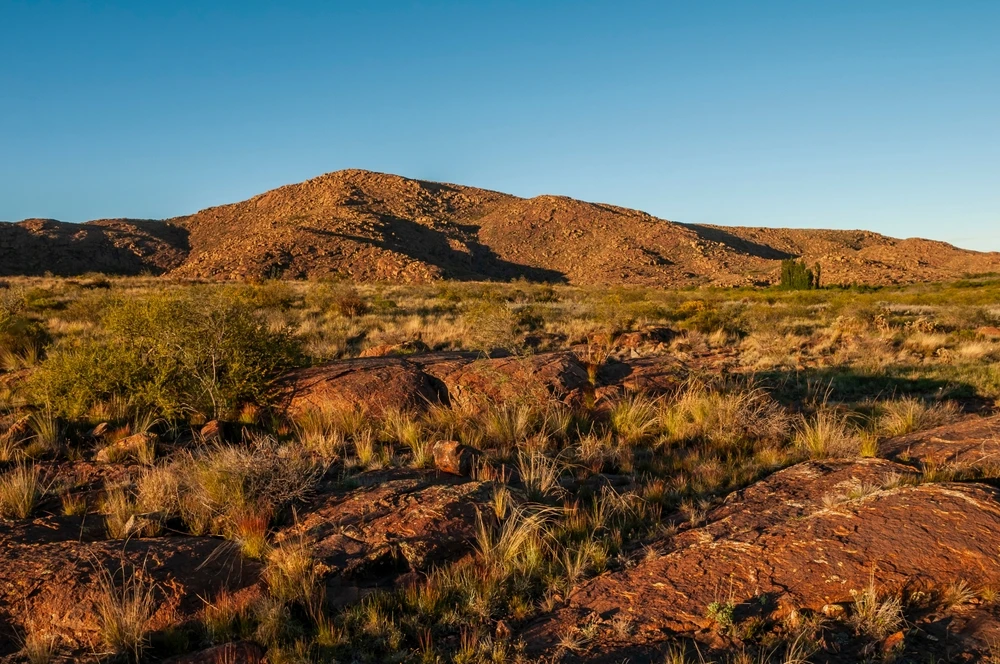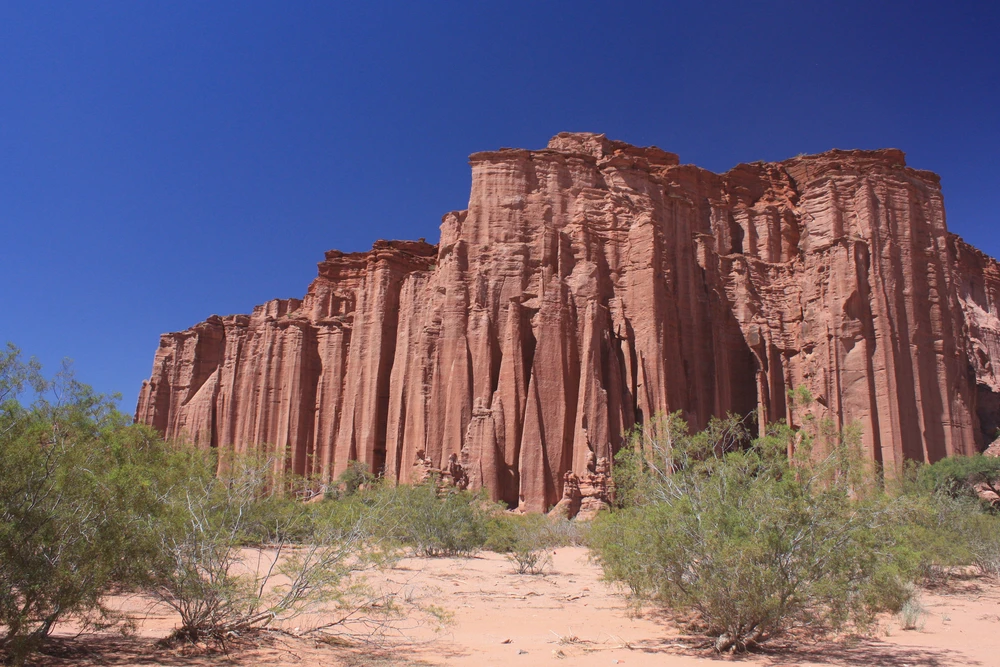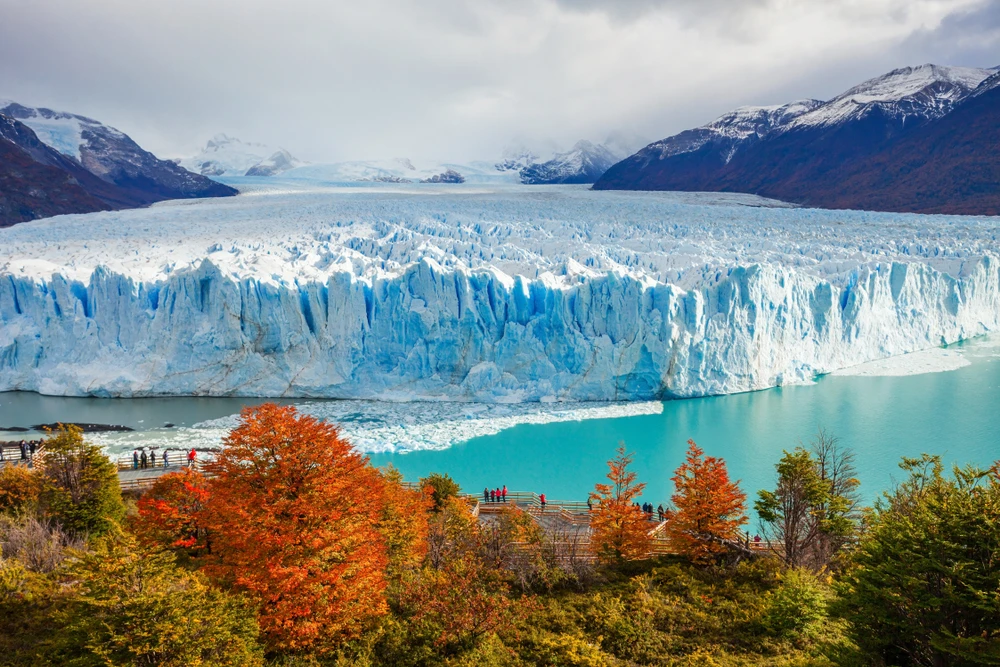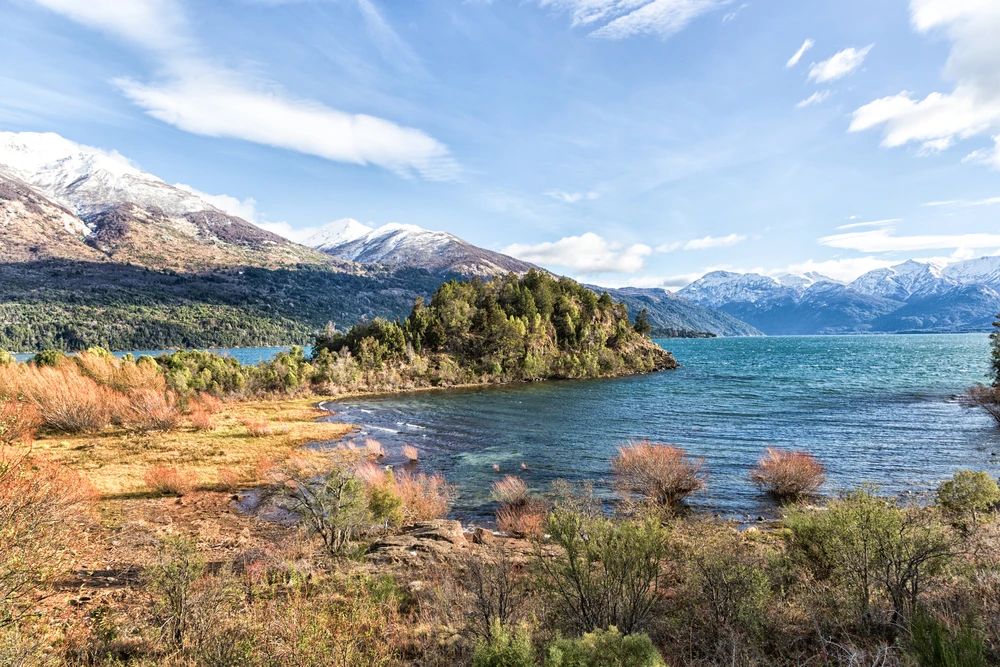Sierra de las Quijadas Overview
Sierra de las Quijadas National Park, known as Parque Nacional Sierra de las Quijadas in Spanish, is located in the San Luis Province of Argentina.
Covering approximately 580 square miles (1,500 square kilometers), the park is a stunning expanse of arid landscapes characterized by deep canyons, rugged cliffs, and red sandstone formations shaped by erosion over millions of years.
Its dramatic terrain includes the Potrero de la Aguada, a vast amphitheater-like valley surrounded by steep, stratified walls. The park’s desert-like environment is dotted with sparse vegetation, including algarrobo trees, cacti, and hardy shrubs that have adapted to the dry conditions. The reddish hues of the rocks, combined with the vast open skies, create an awe-inspiring setting that resembles otherworldly desert landscapes.
The park is home to a diverse array of wildlife, with species adapted to the harsh, dry conditions. Visitors may spot guanacos, a wild relative of the llama, as they roam the terrain in small herds. The park also shelters the elusive puma, which preys on the region’s mammals. Other notable inhabitants include maras, a type of large rodent, and foxes that navigate the rocky terrain.
Birdwatchers are drawn to the park for its impressive variety of avian species, including the majestic Andean condor, which soars over the cliffs in search of carrion. Other birds such as falcons, hawks, and the striking burrowing parrot add to the park’s rich biodiversity.
One of the park’s most popular features is its incredible geological formations, which provide a glimpse into the region’s prehistoric past. Fossils of dinosaurs and other ancient creatures have been discovered within its rock layers, drawing interest from both researchers and visitors fascinated by paleontology.
The park’s trails lead to various viewpoints that showcase its vast canyons and cliffs, with hiking being the most popular activity for visitors. Several guided excursions allow travelers to explore deeper into the rugged landscapes while learning about the region’s history, flora, and fauna. The Mirador del Potrero de la Aguada offers one of the most breathtaking panoramic views of the park’s eroded rock formations.
For those seeking an immersive experience, camping under the stars provides a chance to witness the park’s vast night sky, free from light pollution. Photographers and nature lovers are drawn to Sierra de las Quijadas for its striking scenery, especially at sunrise and sunset when the red rocks glow under the changing light.
The remote nature of the park ensures a tranquil and almost mystical experience, allowing visitors to appreciate its raw beauty and silence.
Conservation efforts in the park have focused on protecting its fragile ecosystem from human impact and ensuring the preservation of its fossil-rich geological formations. While the dry climate limits agricultural threats, there have been ongoing challenges in maintaining biodiversity due to climate change and occasional illegal hunting.
However, the park remains a significant stronghold for native wildlife, and its management works closely with researchers and conservationists to ensure its continued protection. Through sustainable tourism practices, Sierra de las Quijadas National Park balances visitor access with environmental preservation, ensuring future generations can experience its unique landscapes and wildlife.








































































